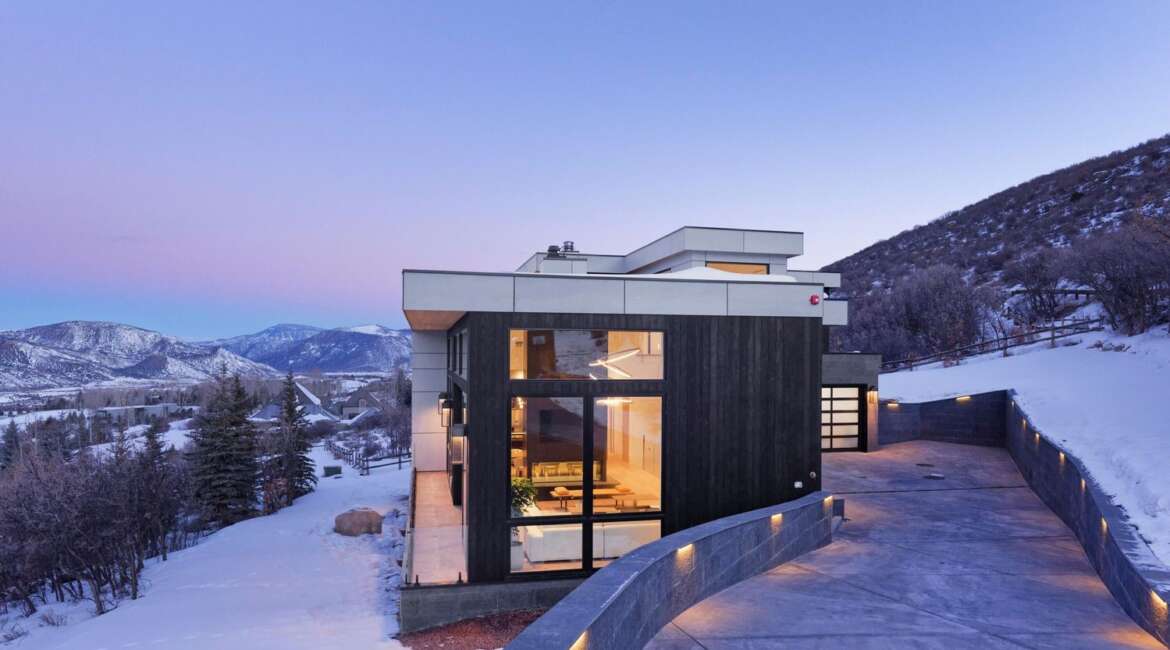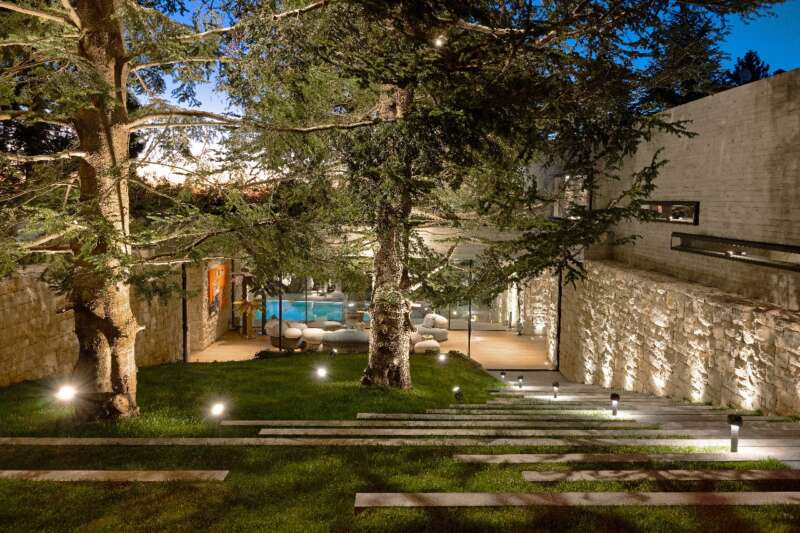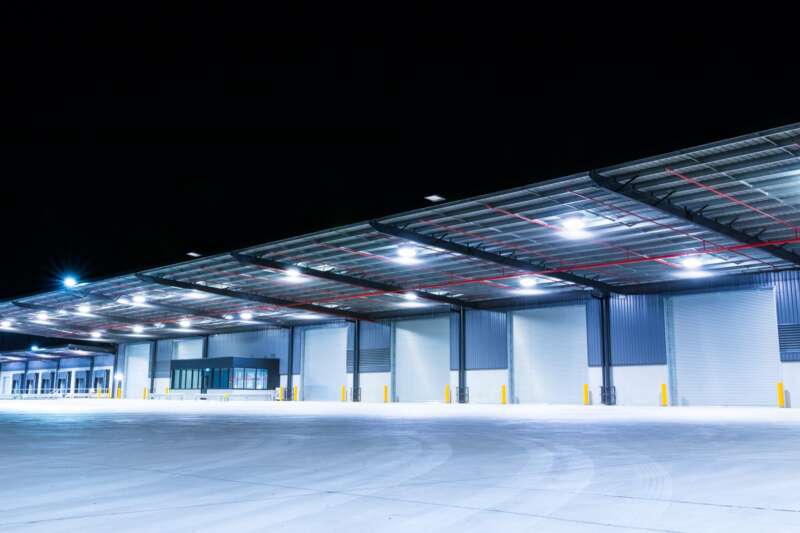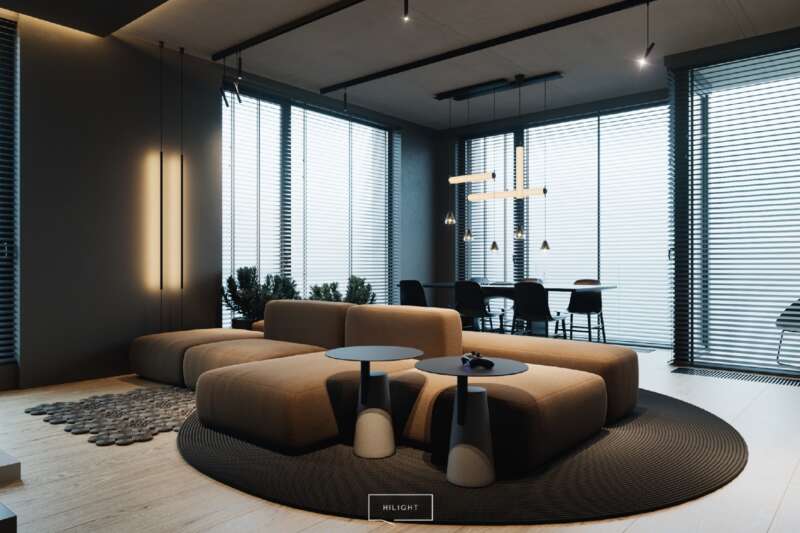How Snow and freezing temperatures can affect lights
Snow and freezing temperatures can affect lights by causing them to dim, flicker, or even fail completely, primarily due to the impact on the electrical wiring and the type of light bulb used; however, modern LED lights are generally more resistant to cold weather compared to traditional incandescent bulbs, making them a better choice for winter conditions.
The affect of snow and freezing temperatures on lights:
Reduced light output: Accumulated snow on light fixtures can block the light from being emitted properly, leading to reduced brightness.
Increased electrical resistance: Cold temperatures can increase the resistance in electrical wires, potentially causing voltage drops and flickering lights.
Impact on bulb functionality: Older incandescent bulbs can struggle to operate in extreme cold, leading to dimming or failure.
Physical damage: Heavy snow buildup on fixtures can put stress on the mounting points and potentially damage the fixture itself.
Why LED lights are better in cold weather:
Less susceptible to temperature fluctuations: LED bulbs generate very little heat themselves, so they are less affected by cold temperatures and can function well in freezing conditions.
Instant on: Unlike some older bulbs, LEDs turn on instantly even in cold weather.
What to do about it:
Clear snow regularly: Regularly remove snow buildup from outdoor light fixtures to ensure they can shine brightly.
Choose LED bulbs: If replacing outdoor lights, opt for LED bulbs which are more resilient to cold weather.
Inspect wiring: Check for any signs of damage or wear on your outdoor electrical wiring, especially before winter.
Consider weatherproof fixtures: Invest in outdoor light fixtures designed specifically for harsh winter conditions.







